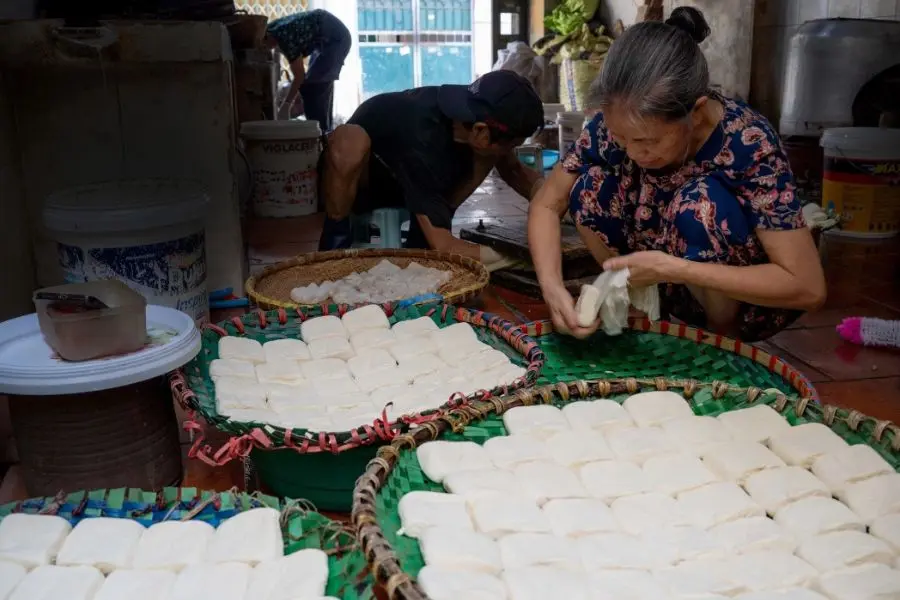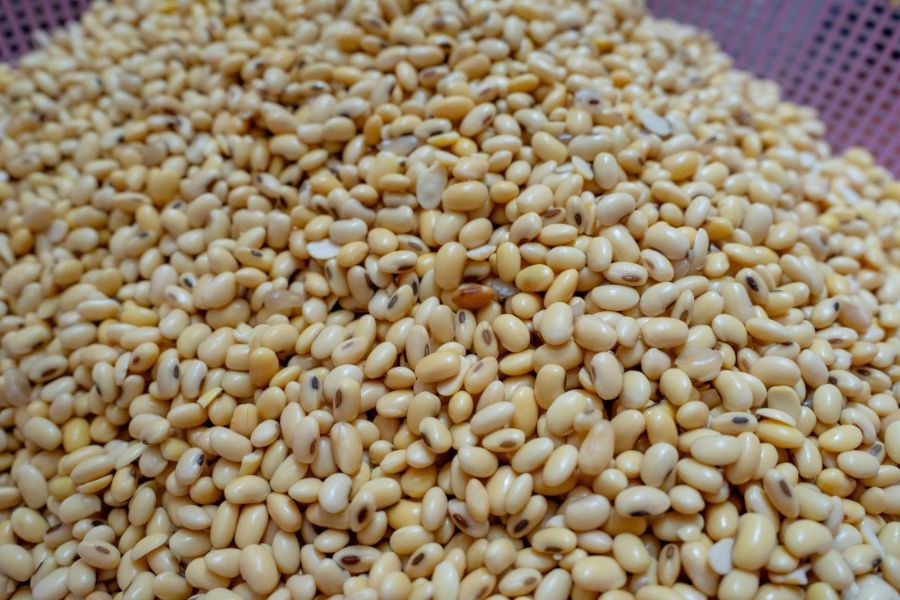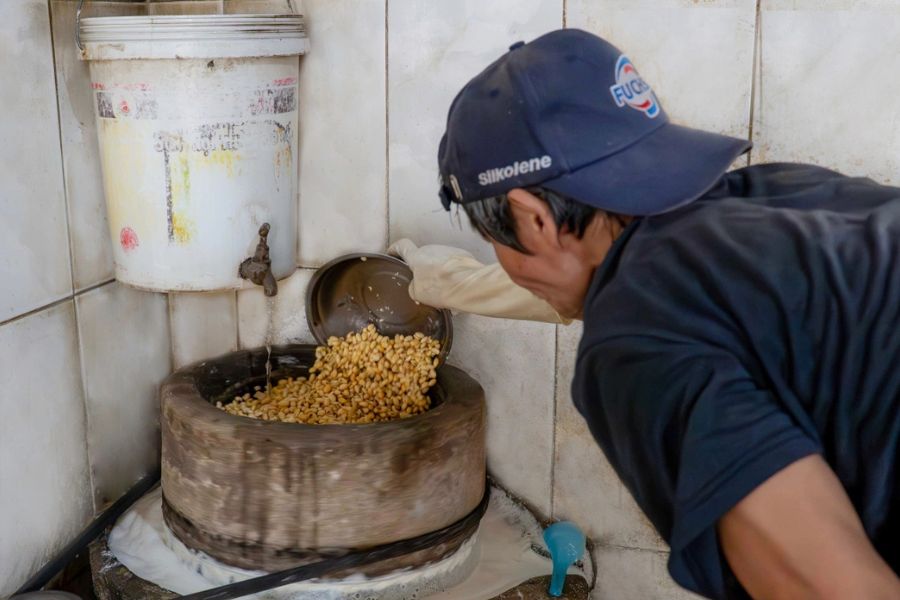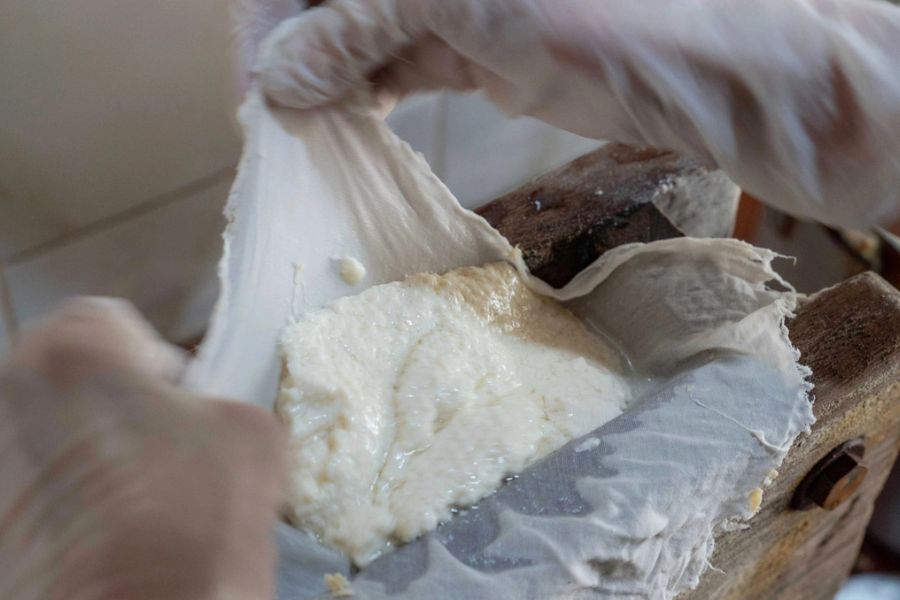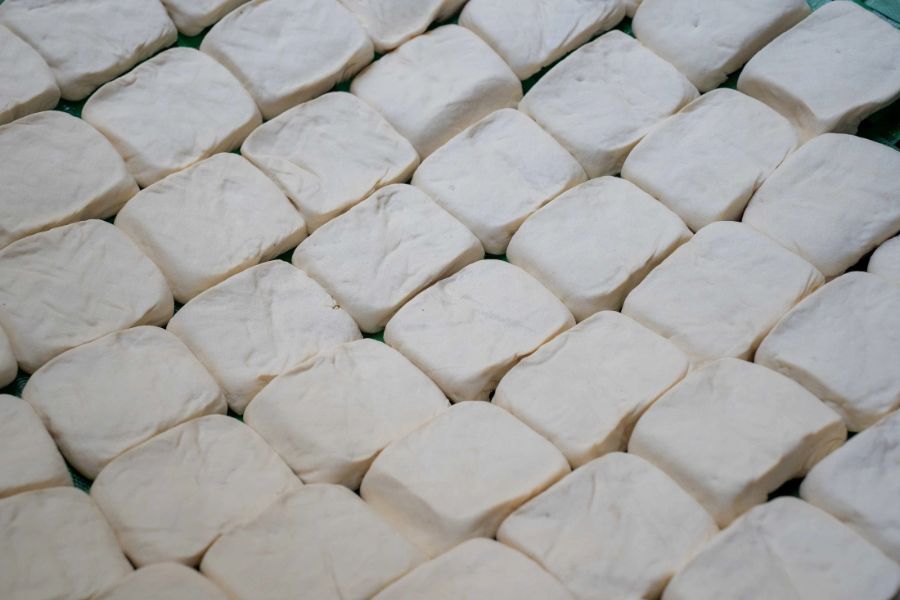Tucked away in the outskirts of Hanoi lies a place that most tourists never hear about – a tofu village in Hanoi that has been making delicate white tofu for over 2,000 years. Yes, you read that right – two millennia. This isn’t just a village. It’s a living museum of Vietnamese tradition where families still wake before dawn to grind soybeans, light up the old wood-fired stoves, and stir massive pots by hand – the same way their ancestors did centuries ago.
Mo Village, located in Thanh Tri District, isn’t a polished tourist destination. It’s raw, real, and beautifully humble. You won’t find Instagrammable cafes here or air-conditioned workshops with pretty signage. But what you will find is the rhythmic sound of tofu-making, the nutty scent of fresh soy wafting through narrow alleys, and locals with hands stained by decades of work – still smiling.
The Legacy of Tofu: More Than Just a Dish
For many in Vietnam, tofu is a side dish – a simple addition to a meal. But in this tofu village in Hanoi, it’s everything. It’s the backbone of family income, the symbol of generational pride, and the source of community identity.
What makes the tofu here special? It’s not mass-produced. Every batch is handmade. Villagers soak soybeans overnight, grind them on traditional stone mills, boil the soy milk slowly to bring out richness, and then hand-pour the curd into molds wrapped in cloth. No shortcuts. No chemicals. Just age-old technique and craftsmanship passed down like family secrets.
Ask anyone from Mo Village, and they’ll tell you: tofu here isn’t just food. It’s soul.
Plump, golden soybeans are carefully selected to make tofu
The soybeans are poured into the grinding mill, where water is added gradually and adjusted during the process to ensure the soybean milk has the right consistency – smooth and rich, neither too thick nor too watery.
The curdled tofu pulp is scooped out and wrapped in a thin muslin cloth, then placed into stainless steel or wooden molds to be pressed into firm tofu blocks.
Why You Should Visit the Tofu Village in Hanoi
Let’s be honest – tofu isn’t what pulls people to Vietnam. It’s the beaches, the pho, the lantern-lit nights in Hoi An. But visiting a tofu village in Hanoi offers something deeper: a human connection. You get to see how life flows beyond the Old Quarter, where tourists rarely tread.
You can watch artisans at work – and if you’re lucky, try your hand at stirring the heavy soy milk cauldron. You’ll understand the patience required for each block of tofu. It’s an oddly meditative experience. And then, of course, you get to taste it. Silky, warm, and surprisingly flavorful even without seasoning – tofu straight from the mold tastes like nothing you’ve ever had before.
Locals are often happy to chat, especially if you’re respectful and curious. You don’t need a translator to connect – a nod, a smile, and a shared taste of tofu is enough.
When to Go and What to Expect
Mornings are best. The tofu-making starts before sunrise and winds down by mid-morning. This means you’ll need to get out of bed early, but the reward is seeing the full production cycle in action. The streets are busiest around 5–7 AM, with vendors loading trays of tofu onto bicycles, ready to sell to Hanoi’s wet markets and eateries.
The village itself isn’t fancy. Prepare for narrow lanes, open-air workshops, and wet floors. Wear good walking shoes and dress casually – this isn’t a place for heels and selfies. It’s gritty and real, and that’s exactly why it’s worth visiting.
How the Tofu Village Fits into a Larger Cultural Tour
If you’re planning a deeper, more authentic Vietnam itinerary – not just the tourist checklist – then a stop at this tofu village in Hanoi is gold. It pairs beautifully with other village-based trips around Hanoi, like traditional paper-making villages, ceramic towns like Bat Trang, or craft villages in the Red River Delta.
These experiences add soul to your travel – and they support local communities too. By visiting, you’re not only getting a behind-the-scenes look at Vietnamese heritage, but you’re also helping these crafts survive in a fast-modernizing world.
For curated village experiences and tailor-made cultural tours, you can check out Vietnam local tour operators who specialize in off-the-beaten-path journeys.
Don’t Just Taste – Participate
If you’re the kind of traveler who loves to roll up their sleeves, many local tour providers can arrange tofu-making workshops right in the village. It’s messy, fun, and surprisingly therapeutic. Grinding soybeans or pouring tofu molds under the guidance of a local artisan is far more memorable than any cooking class you’d take in a city hotel.
Plus, the photos of you in a traditional Vietnamese tofu-making apron? Chef’s kiss.
Final Thoughts: More Than Tofu
What Mo Village offers isn’t just a glimpse into how tofu is made. It’s a reminder that behind every simple dish lies a complex web of labor, love, and legacy. And in a world chasing shiny things, the quiet, unfiltered beauty of a tofu village in Hanoi might just be the reset button your soul didn’t know it needed.

